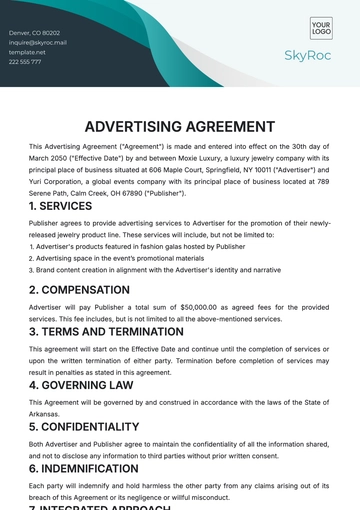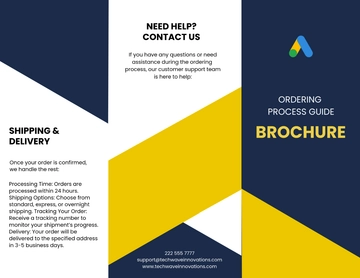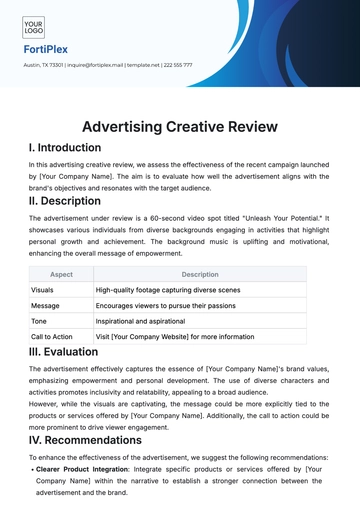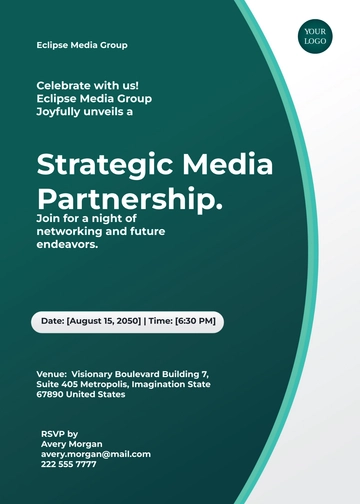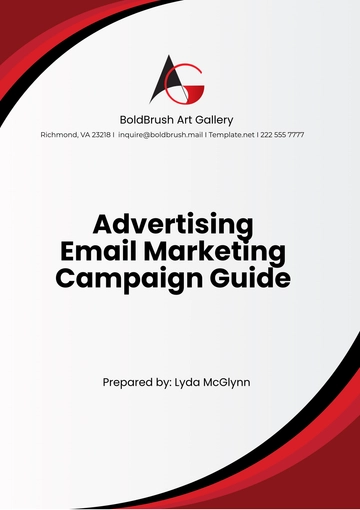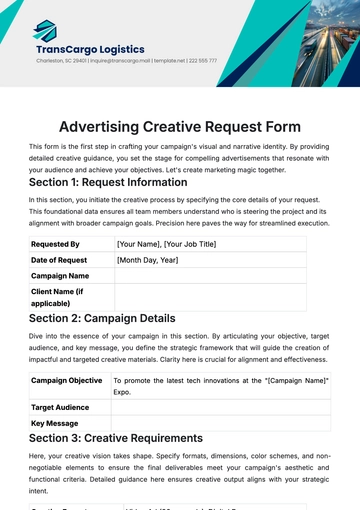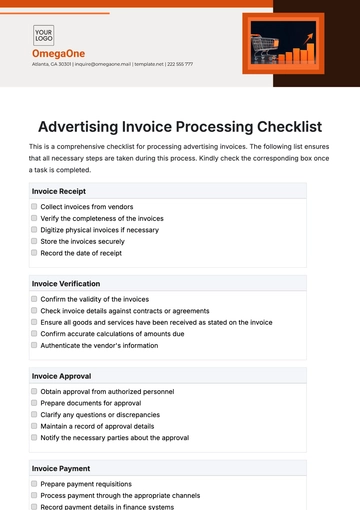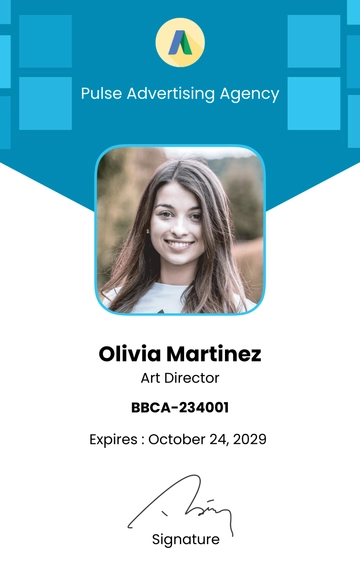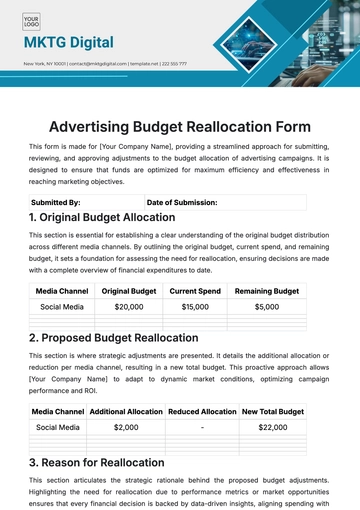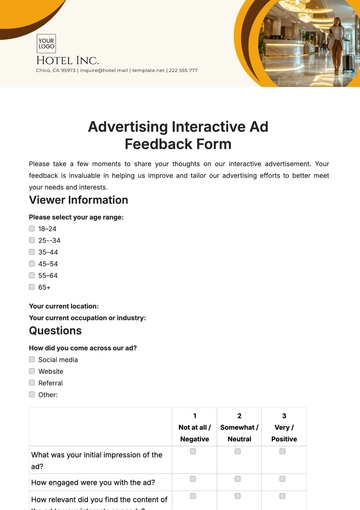Free Integrated Influencer Campaign Advertising Strategy
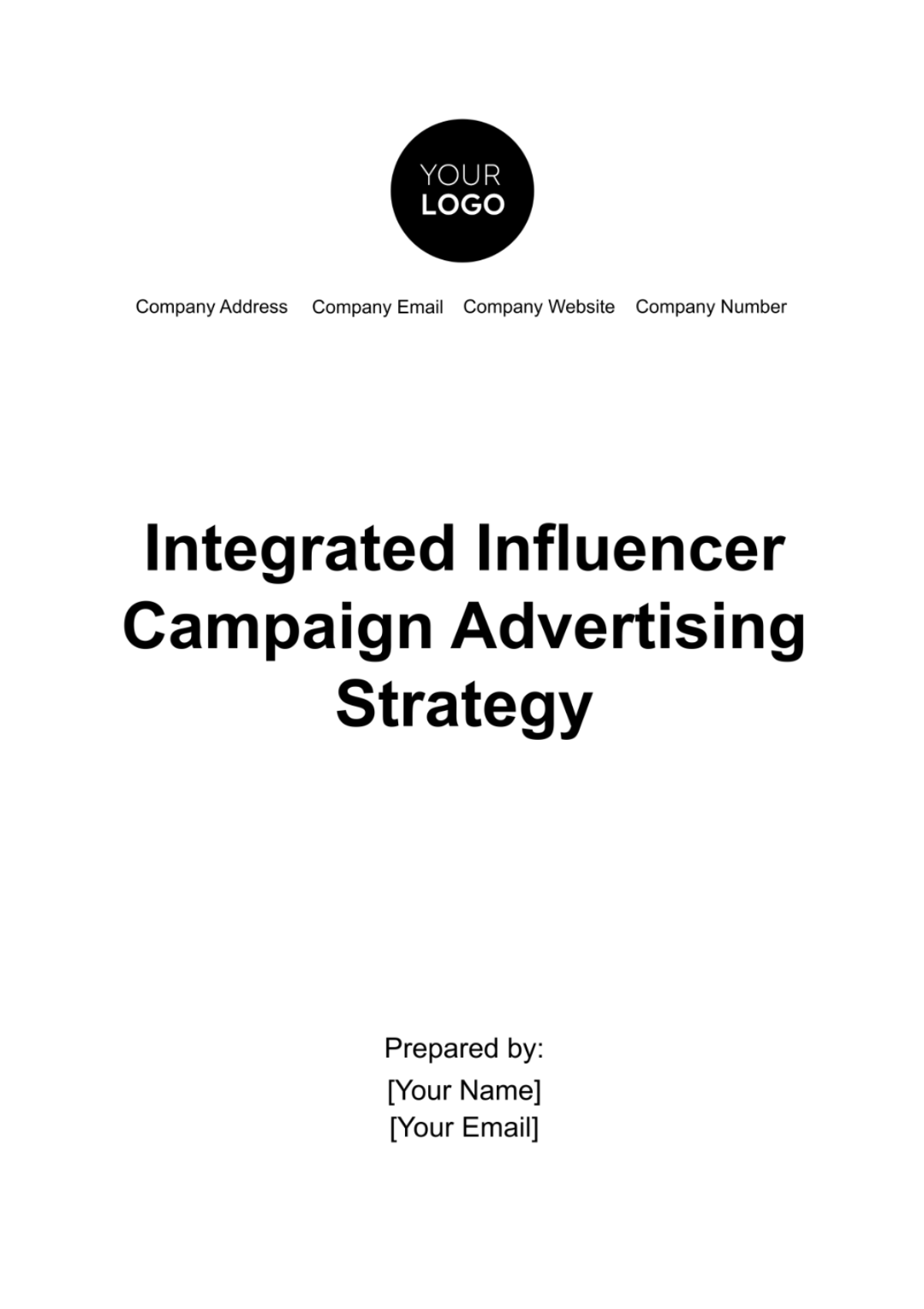
Introduction
This strategy plan outlines our approach in utilizing the reach of influencers across various social media platforms to amplify our brand’s reach and resonate with our target audience. Our approach is grounded in research and data-driven insights, ensuring that every aspect of the campaign is aligned with our core objectives. With a focus on strategic alignment, creative collaboration, and continuous performance monitoring, [Your Company Name] is poised to set new benchmarks in the industry.
Objectives
Through these objectives, we intend to craft a campaign that is impactful and builds lasting relationships with both influencers and their audiences. This multifaceted approach ensures that every aspect of the campaign contributes to the overarching goal of strengthening the company’s brand in the marketplace.
Brand Visibility and Engagement: The foremost goal of our Integrated Influencer Campaign is to significantly elevate our visibility and engagement across key digital platforms. By collaborating with influencers who have a strong influence, we aim to create a buzz around our brand, leading to increased awareness and a stronger online presence.
Build Authentic Connections: Establish genuine connections between influencers and our target audience. Through authentic storytelling and relatable content, influencers will humanize our brand, fostering trust and loyalty among consumers.
Drive Targeted Traffic and Conversions: Use influencer platforms to direct traffic to our website and social media channels, ultimately converting this traffic into tangible actions such as sign-ups, downloads, or sales.
Expand Market Reach: Reach new demographics and market segments that were previously untapped or under-served. Influencers will act as a bridge to these new audiences, offering insights into their needs and preferences.
Measure and Optimize Marketing Efforts: Utilize data-driven insights to continually assess and refine our marketing strategies. The campaign will focus on tracking key performance indicators (KPIs) to ensure the best return on investment and to make informed decisions for future marketing initiatives.
Target Audience Analysis
Through this analysis, [Your Company Name] will gain a deeper understanding of its target audience, enabling the creation of a more effective marketing campaign. This approach ensures that the content resonates and engages the intended audience segments.
Demographic Segmentation:
Ages 18-24: Young adults who are early adopters of technology, avid social media users, and trend followers. They value authenticity and are drawn to brands that align with their personal identity and social causes.
Ages 25-34: This group consists of professionals who are establishing their careers and personal lives. They are tech-savvy, value quality and efficiency, and are likely to be influenced by peer recommendations.
Ages 35-44: A more mature audience, often balancing professional and family responsibilities. They prioritize reliability, value, and are more brand loyal. Influencer content for this group needs to be informative and relatable.
Ages 45 Above: While a smaller segment, they are significant due to their purchasing power. They prefer detailed, trustworthy information and are less influenced by trends.
Influencer Selection Criteria
[Your Company Name] aims to establish partnerships that are impactful in terms of reach and who are genuine in creating brand affinity and long-lasting customer relationships. Here’s a detailed and strategic approach in selecting the right influencers for the campaign:
Audience Alignment:
Demographic Match: Conduct multi-dimensional audience analysis, utilizing advanced analytics to map the influencer’s audience demographics against our target segments. This includes age, location, interests, lifestyle, and purchasing behaviors.
Brand Affinity: Seek influencers with a proven track record of engaging with brands in our industry or with similar values. Analyze past endorsements and the authenticity of their brand alignments.
Engagement Metrics:
Engagement Rate: Prioritize influencers with an engagement rate above industry benchmarks, considering the size and demographics of their audience for a more contextual evaluation.
Quality of Interactions: Analyze audience comments and interactions for positive sentiment and genuine engagement. Avoid influencers with high engagement rates driven by controversial or irrelevant interactions.
Content Quality and Relevance:
Content Resonance: Evaluate past content for its impact and relevance, looking for alignment with our campaign themes and messaging. Analyze how well their content has resonated with similar target audiences.
Creativity and Authenticity: Identify influencers who not only follow trends but set them, demonstrating creativity that aligns with our brand’s ethos. Authenticity is assessed through their history of endorsements and personal content.
Influencer Reputation and Reliability:
Consistency in Content: Review historical content for consistency in quality, messaging, and frequency. Consistency indicates reliability and audience retention capability.
Professionalism: Evaluate their professional conduct in previous collaborations, including adherence to contractual agreements, responsiveness, and the ability to handle criticism or crises.
Influence Beyond Social Media:
Cross-Platform Influence: Assess the influencer's reach across various platforms, including traditional media, to ensure a multi-channel impact. Analyze their effectiveness in different formats (video, podcast, written).
Community Involvement: Evaluate the depth of their community engagement, looking for influencers who actively participate in or lead community initiatives, both online and offline.
Innovative Partnership Potential:
Unique Collaborative Opportunities: Seek influencers open to co-creation and innovative collaborations that extend beyond typical sponsored content, such as product development input or exclusive event participation.
Long-Term Partnership Viability: Assess potential for long-term collaborations based on past partnership histories, the evolving nature of their content, and alignment with future brand directions.
Selection Process:
In-depth Analysis: Utilize a mix of quantitative analytics and qualitative assessments, considering not only data-driven metrics but also content quality, audience feedback, and influencer-brand fit.
Pilot Projects: Conduct pilot collaborations with short-term, specific objectives to evaluate the influencer's impact and synergy with our brand before progressing to more extensive partnerships.
Campaign Execution Plan
This part of the plan provides a step-by-step approach to executing the Influencer Campaign, ensuring that each phase is planned and effectively implemented to achieve [Your Company Name]'s marketing objectives.
Phase | Timeline |
Pre-Launch | Q1 2051 |
Launch | |
Mid-Campaign Review | |
Post-Launch | |
Post-Campaign Review |
Activities for Each Phase:
Pre-Launch Phase:
Influencer Selection and Onboarding: Finalizing influencer partnerships based on the enhanced selection criteria and conducting orientation sessions to align them with campaign goals and brand values.
Content Strategy Development: Collaboratively developing a content calendar with influencers, ensuring diversity in content types (posts, stories, videos, live sessions) and messaging consistency.
Campaign Briefing and Training: Provide briefs to influencers about the campaign, including key messages, product information, and legal guidelines. Conducting training sessions on brand tone, storytelling techniques, and engagement strategies.
Pilot Content Testing: Testing different content formats and messages in select markets or with a segment of the audience to gather preliminary feedback and make necessary adjustments.
Launch Phase:
Coordinated Content Release: Synchronized launch of influencer content across various platforms to maximize impact and reach.
Engagement Monitoring: Real-time monitoring of audience engagement and interactions to gauge initial response and make quick adjustments if necessary.
Cross-Promotion Strategies: Implementing cross-promotion tactics, such as shoutouts between influencers or collaboration posts, to expand reach and engagement.
Mid-Campaign Review:
Performance Analysis: Comprehensive analysis of initial campaign metrics to assess progress against KPIs.
Feedback Incorporation: Gathering feedback from influencers and audiences to refine content and engagement strategies.
Adjustments and Optimization: Making necessary adjustments to content strategy, influencer collaborations, and engagement tactics based on mid-campaign insights.
Post-Launch Phase:
Continued Performance Tracking: Ongoing monitoring of campaign metrics and audience feedback to maintain momentum and effectiveness.
User-Generated Content (UGC) Integration: Encouraging and incorporating UGC to enhance authenticity and audience participation.
Final Impact Analysis: Conduct a comprehensive analysis of the campaign’s overall performance, including ROI, audience growth, engagement rates, and brand sentiment.
Key Performance Indicators
This KPI section provides a clear framework for measuring the success of the Influencer Campaign, guaranteeing our data-driven approach to decision-making and campaign optimization.
KPI | Metrics |
Engagement Rate | Likes, comments, shares, and overall interaction rates on influencer content. Strategic Importance: Indicates the level of audience interest and interaction with the campaign. |
Follower Growth | New followers on the company's social media platforms. |
Conversion Rate | Number of actions taken divided by the total number of campaign visitors. |
Brand Mentions | Frequency and sentiment of brand mentions across social media and online platforms. |
Budget Allocation
[Your Company Name] aims to strategically invest in key areas of the campaign. This section provides a financial framework, aligning budgetary decisions with the campaign’s objectives and ensuring effective resource allocation.
Item | Allocation Details |
Influencer Payments | Funds dedicated to compensating influencers, engagement rates, and the complexity of the content required. |
Content Production | Investment in the production of high-quality content, including photography, videography, and editing. |
Analytics and Tracking | Resources for advanced analytics tools and services for tracking campaign performance and KPIs. |
Marketing and Promotional Materials | Creation of additional marketing materials to support the campaign, such as digital ads, email marketing, and landing pages. |
Contingency Fund | Reserved funds to address unforeseen challenges or opportunities, such as additional influencer collaborations or extended campaign runs. |
Conclusion
This campaign, designed by [Your Company Name], aims to amplify brand presence and drive engagement through strategic influencer partnerships. By aligning with influencers who resonate with our target audience and carefully monitoring campaign performance, we anticipate a significant boost in brand visibility and consumer engagement.
- 100% Customizable, free editor
- Access 1 Million+ Templates, photo’s & graphics
- Download or share as a template
- Click and replace photos, graphics, text, backgrounds
- Resize, crop, AI write & more
- Access advanced editor
Elevate your influencer campaigns with our Integrated Influencer Campaign Advertising Strategy Template, available exclusively on Template.net. This comprehensive tool is fully editable and customizable to suit your unique brand needs. Crafted for efficiency, it's seamlessly editable in our Ai Editor Tool, ensuring precision and effectiveness in every campaign.

